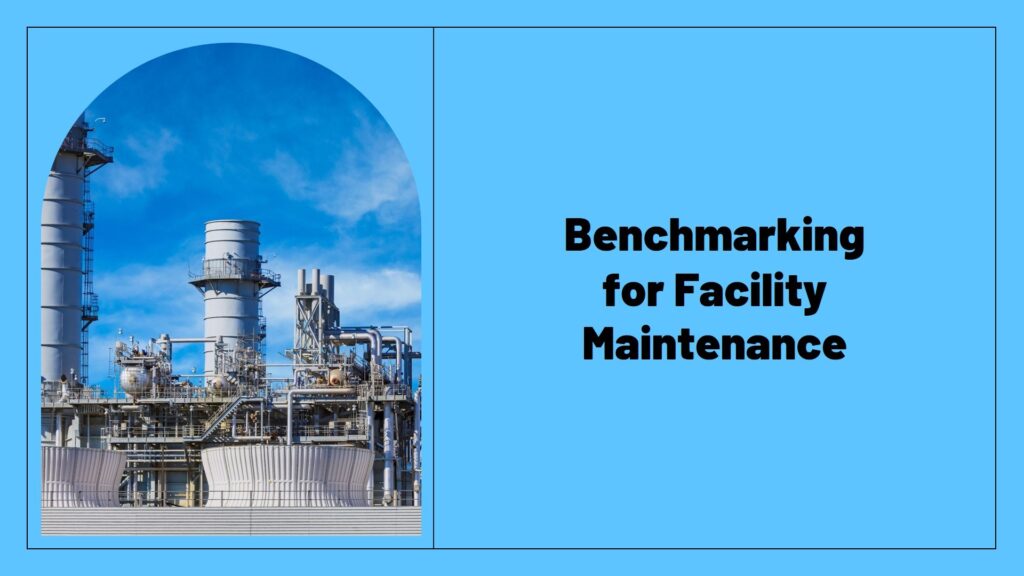
Introduction
In the dynamic field of Facility Maintenance, energy management stands as a pivotal aspect of operational efficiency and sustainability. Benchmarking against the competition emerges as a crucial strategy for continuous improvement. This article delves into the application of benchmarking in facility maintenance, focusing on energy management strategies and the integration of BAS and HVAC systems to achieve operational excellence.
The Essence of Benchmarking in Facility Maintenance
Benchmarking, the practice of comparing business processes and performance metrics to industry bests and best practices, is a vital tool in facility maintenance. It involves examining how ‘best-in-class’ facilities operate, allowing us to draw valuable insights for our energy management strategies. The goal is not to copy but to learn and adapt successful practices to our operations.
Case Study: Energy Efficiency Through Advanced BAS and HVAC Systems
Consider a competitor who excels in energy management. This facility might employ an advanced Building Automation System (BAS) that optimizes HVAC operations in real-time, resulting in significant energy savings. For instance, a smart BAS can dynamically adjust temperatures, airflow, and lighting based on occupancy and external weather conditions, reducing unnecessary energy usage.
Innovative Maintenance Schedules: A Key to Energy Conservation
Apart from technological advancements, operational strategies like innovative maintenance schedules also play a critical role. Regular, data-driven maintenance ensures that HVAC systems operate at peak efficiency, minimizing energy waste. Our competitor might utilize predictive maintenance techniques, using data analytics to foresee and address potential system failures before they occur, thus maintaining continuous energy efficiency.
Adapting and Integrating Efficient Practices
Upon identifying these efficient practices, the next step is to adapt and integrate them into our own facilities. This might involve investing in more sophisticated BAS systems, training staff on new technologies, or restructuring maintenance protocols to align with best practices. The adaptation should be customized to fit our specific facility needs and constraints.
Measuring Success and Continuous Improvement
Finally, the impact of these changes needs to be measured. Key performance indicators (KPIs) such as energy consumption per square foot, system uptime, and maintenance costs provide valuable insights into the effectiveness of the newly adopted strategies. Continuous monitoring and analysis will guide further refinements, ensuring that our facility remains at the forefront of energy efficiency and operational excellence.
Conclusion
Benchmarking is not just a process of comparison but a gateway to learning and evolving. By embracing the practices that have proven successful in leading facilities, particularly in the realms of BAS and HVAC systems, we can significantly enhance our energy management strategies. This continuous journey of improvement and adaptation ensures that our facility maintenance standards meet and exceed industry benchmarks, contributing to a sustainable, efficient, and competitive operation.


